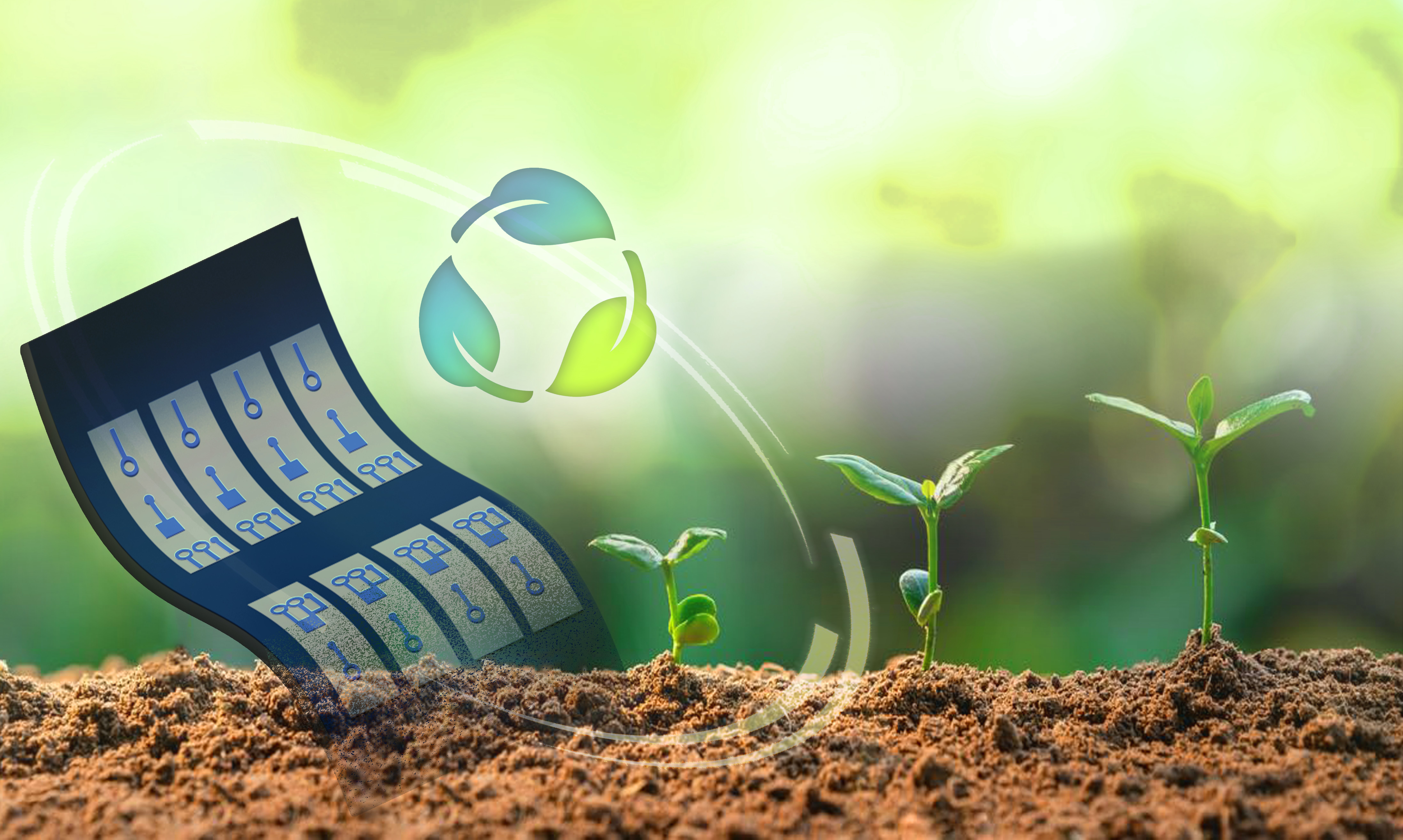|
Paper-based Electronics (Papertronics)

|
Papertronics
represent a transformative advancement in electronics, ushering in an era of
sustainability and cost-efficiency, particularly for the Internet of Things
(IoT). This research overcomes the traditional challenges of paper's porosity,
which has impeded electronic component fabrication and performance. We
introduce a novel approach that harnesses paper's natural capillary action,
combined with hydrophobic wax patterning, to achieve precise vertical
integration of electronic components. This method marks a significant departure
from conventional surface deposition techniques. This study demonstrates the
successful creation of tunable resistors, capacitors, and field-effect
transistors, embedded within a single sheet of paper. Contrary to previous assumptions
that impeded the use of paper, we leverage its rough and porous texture as a
strategic advantage, facilitating the precise fabrication of intricate
electronic components. Machine learning algorithms play an important role in
predicting and enhancing the performance of these papertronic components. This
innovation facilitates the development of compact printed circuit boards (PCBs)
with increased circuit density, enabling the integration of diverse analog and
digital circuits in either single or multi-layer paper formats. The resulting
papertronic systems surpass previous performance expectations and provide
environmental responsibility through biodegradability or easy incineration.
These breakthroughs establish papertronics as a feasible, eco-friendly
alternative in the electronics industry, permitting widespread adoption and
continuous innovation in sustainable electronic solutions.
|

